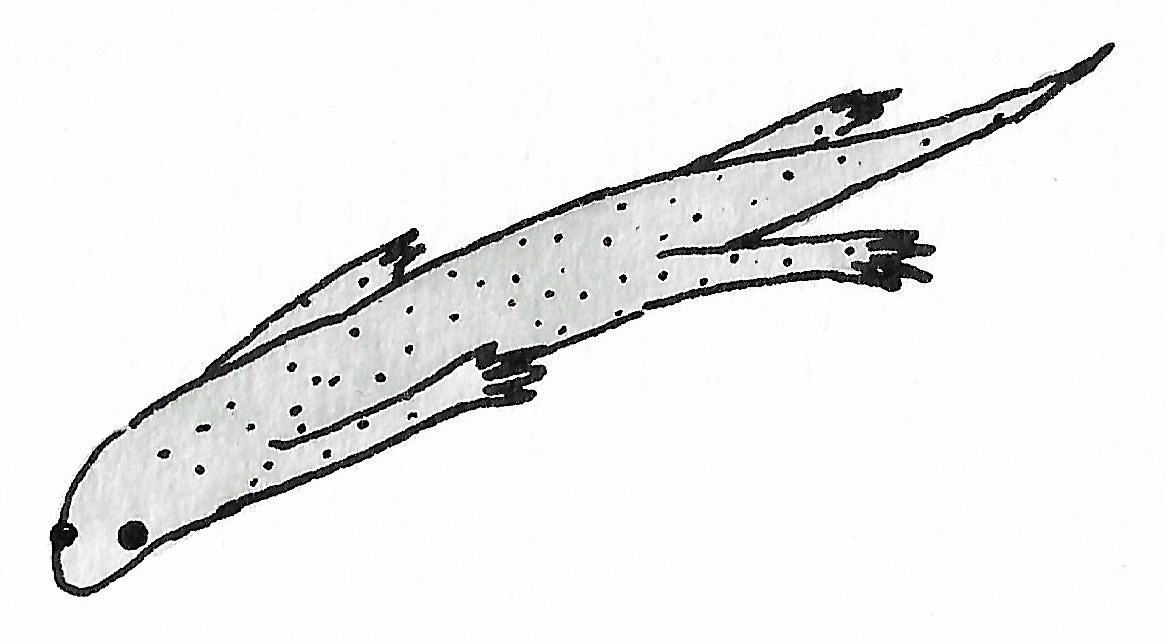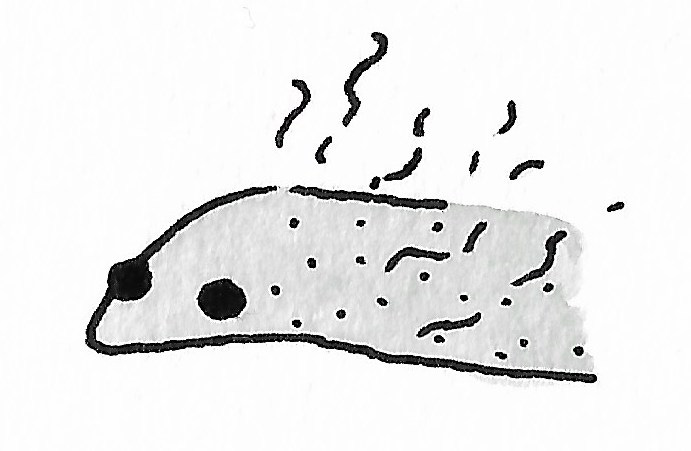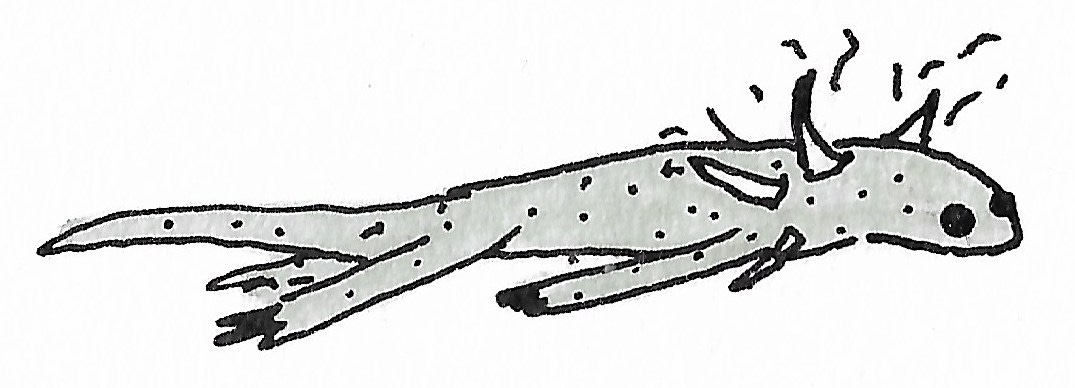There’s a joke that whenever an archaeologist discovers something they can’t explain, they’ll decide it was used for “ritual purposes” and leave it at that. What’s this that we found in this tomb? Probably some kind of ritual thing. What was this giant construction used for? Probably religious rituals. It’s an easy answer that has the advantage of being right sometimes.
Biologists have a similar approach to adaptations they can’t easily explain, only with them, it tends to be one of two things: either it’s to attract a mate, or it’s for defense. Very often they’re right, but it always seems like an easy answer for when you don’t know what purpose something serves. Why is the frog speckled? The females are more attracted to him that way. Why is the butterfly that color? It keeps predators away.
Occasionally this gets a bit predictable, and you wonder if biologists couldn’t start thinking of more original explanations. (This isn’t a particularly scientific complaint, as they’re very likely right, but the story lover in me is unsatisfied.)
However, in the case of the Iberian ribbed newt, the defense explanation is absolutely right. This newt has such a bizarre adaptation that it can only really serve one function. And it just goes to show how far natural selection can take an organism.
So the Iberian ribbed newt is this very cute little newt. It has little bumps all over its skin and is a kind of grayish green color. I like the Iberian ribbed newt.
Unfortunately, so do its predators.
And so, to protect itself against such unwanted attentions, the newt has developed a series of defense mechanisms.
First, it starts secreting a poisonous substance from its skin (which is already weird enough). If a predator chose to eat it at this point, it would get a mouthful of poison and spit out the newt.
But apparently that isn’t protective enough, so the newt had to come up with something even better.
It moves its ribs up so that they pierce its body wall and skin and it ends up with spikes all over its body.
Let me repeat that, in case the absurdity hasn’t sunk in yet.
This newt stabs itself from the inside out using its ribs. It has no special holes for the ribs to come out of. It just goes “tchak!” and suddenly it has spikes.
Spikes that are now covered in that poison it secreted earlier.
At this point, any predator unfortunate enough to have caught this newt will find its mouth unpleasantly cut and poisoned, and will most likely release the newt at its earliest convenience.
The newt, newly liberated, will go off to retract its ribs and put them back where they belong, and then quickly heal all the little tears in its skin left behind by the ribs. Then it goes back to its regular life, whatever that consists of.
The fact that this mechanism is somehow the most adaptive, the most useful, trait for any organism astounds me. If only there were a way to trace every single Iberian ribbed newt in history, as well as their ancestors, and see exactly how this adaptation evolved.
But unfortunately, for now at least, we can’t really do that. So instead all we can do is observe the result.
Which in this case is a newt pushing its ribs out of its body.






